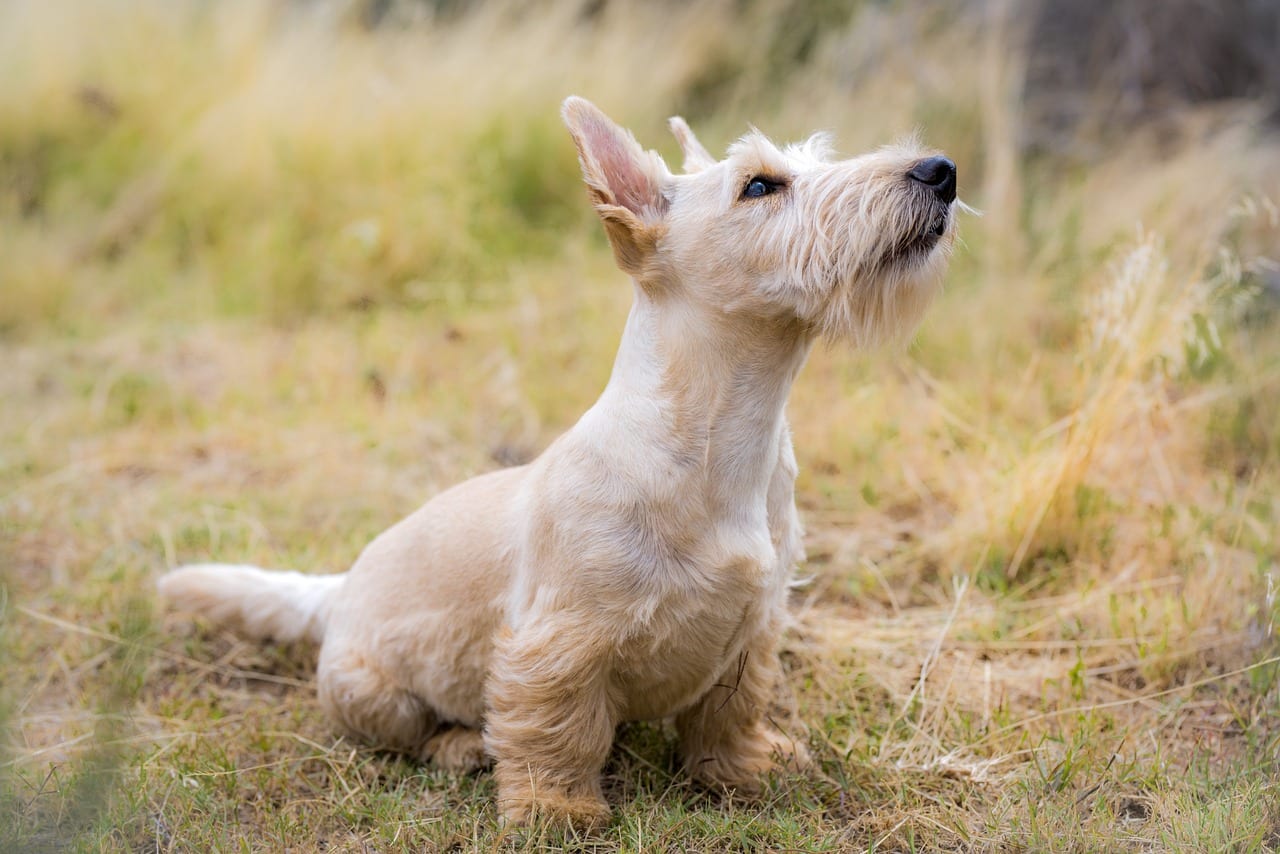 Shutterstock
Shutterstock
Throughout history, legendary military leaders have relied on dogs for protection and loyal companionship during war and peace. These dogs were far more than mascots—they were fearless sidekicks, scouts, guards, and morale boosters. From guarding tents to marching alongside troops, some breeds proved themselves through bravery, loyalty, and an uncanny instinct for sensing danger. They didn’t just tag along—they served. These four-legged warriors earned their place in military history by standing tall, running messages, and facing threats like true canine soldiers.
German Shepherd
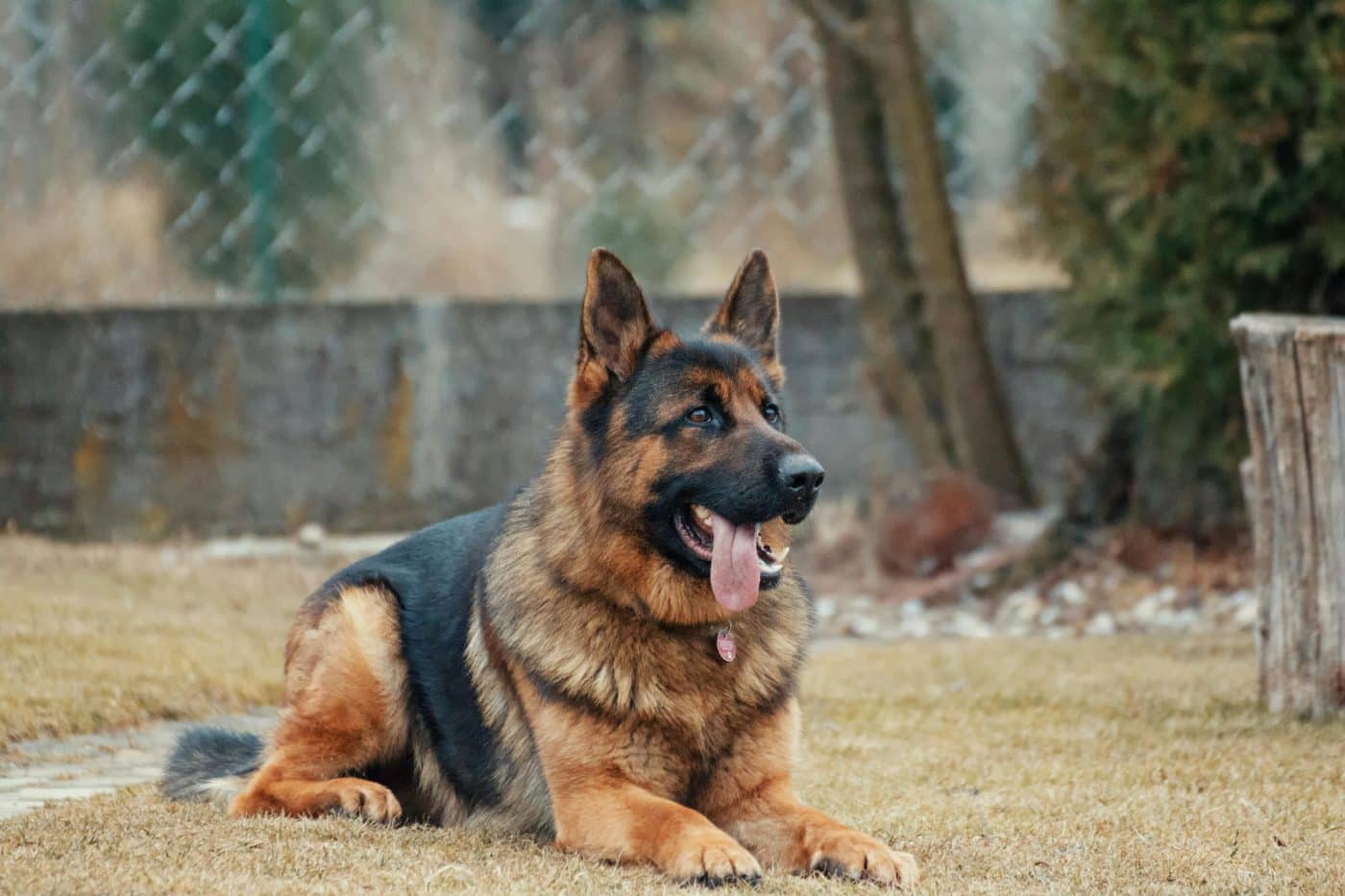 Shutterstock
Shutterstock
The German Shepherd is practically a four-legged soldier. Known for their intelligence, loyalty, and versatility, these dogs have served alongside countless military leaders and troops for decades. Originally bred for herding, they quickly became a military staple due to their ability to follow complex commands and maintain focus under pressure. During both World Wars, German Shepherds served as messengers, sentries, and search-and-rescue dogs. They’re still a top choice for military and police units today—and if dogs wore medals, the German Shepherd would need a whole uniform to hold them all.
Doberman Pinscher
 Shutterstock
Shutterstock
Nicknamed the “Devil Dog of the Marines,” the Doberman Pinscher earned its stripes during World War II as part of the U.S. Marine Corps’ war dog platoons. With their sleek build and sharp instincts, Dobermans were deployed in the Pacific theater to warn troops of ambushes and serve as fearless scouts. Their loyalty and drive made them ideal partners for military leaders who needed a dog that wouldn’t flinch under fire. They were fast, focused, and always ready to defend their humans. If James Bond were a dog, he’d probably be a Doberman in camo.
Belgian Malinois
 Shutterstock
Shutterstock
Agile, driven, and practically powered by caffeine (without ever needing any), the Belgian Malinois is a military favorite for a reason. These high-energy working dogs are used by elite units like Navy SEALs, including the famous SEAL Team 6 operation that took down Osama bin Laden. Malinois can parachute from planes, rappel from helicopters, and still look like they’re ready for round two. Their loyalty to their handlers is unmatched, and their focus in high-stress situations is nothing short of legendary. Basically, if the war had a canine special forces division, it would be run by Belgian Malinois.
Rottweiler
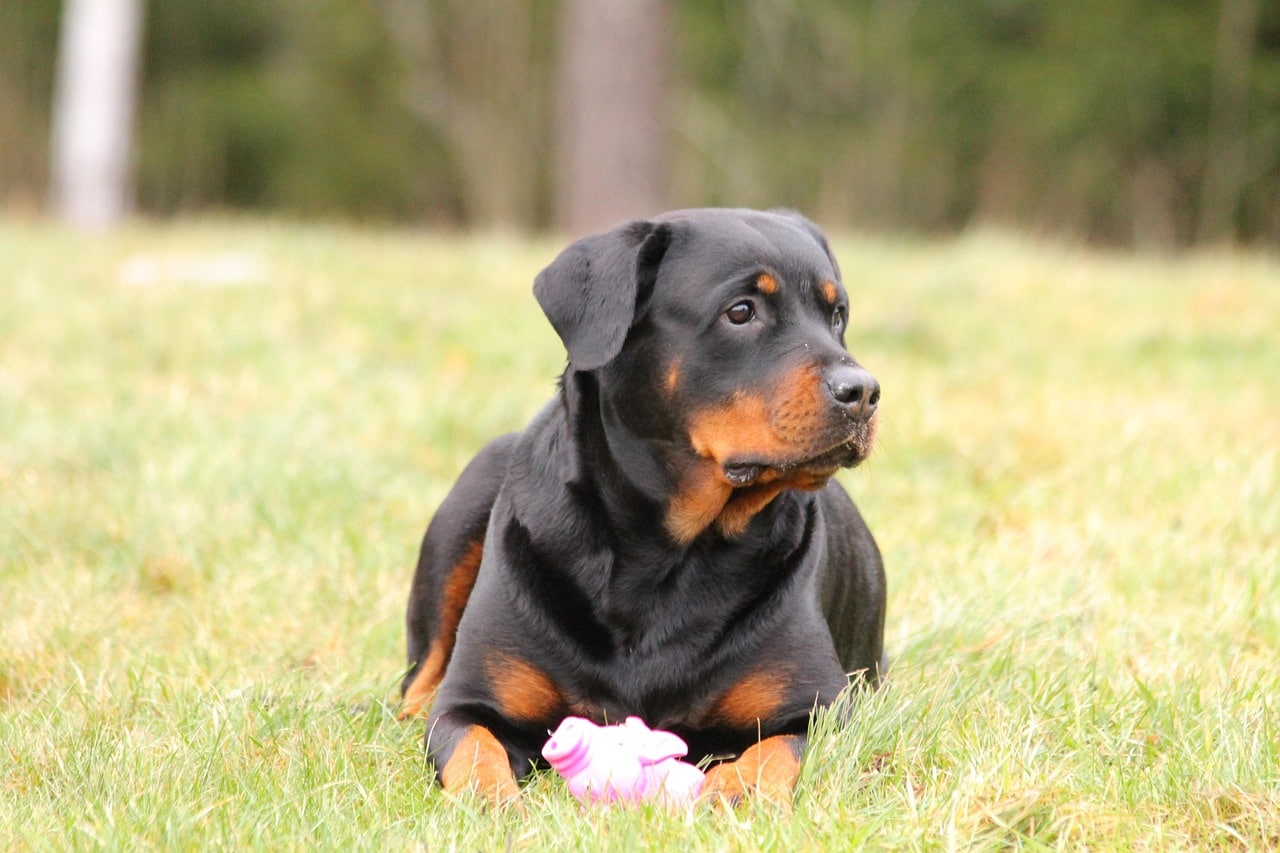 Shutterstock
Shutterstock
Rottweilers may be known for their intimidating look, but behind that muscle and growl is a deeply loyal, protective companion. Historically, Rottweilers used to herd livestock and pull carts for Roman legions, and they always had jobs close to military operations. Their fearlessness, obedience, and deep bond with their handlers made them ideal dogs for guarding camps and leaders alike. In both World Wars, Rottweilers were used as messengers and protection roles. Let’s face it—if a Rottweiler guards your tent, you’ll probably sleep just fine.
Great Dane
 Shutterstock
Shutterstock
Surprisingly gentle for their giant size, Great Danes have a long history as military dogs, dating back to their days of hunting wild boar alongside European nobility and generals. German leaders especially admired them for their size, loyalty, and bravery. They were often used as intimidating guard dogs and symbols of strength. Alexander the Great himself reportedly owned a giant dog believed to be a Great Dane or a close relative. Imagine a war room with this majestic beast beside a general’s chair—strategic planning never looked so regal.
Boxer
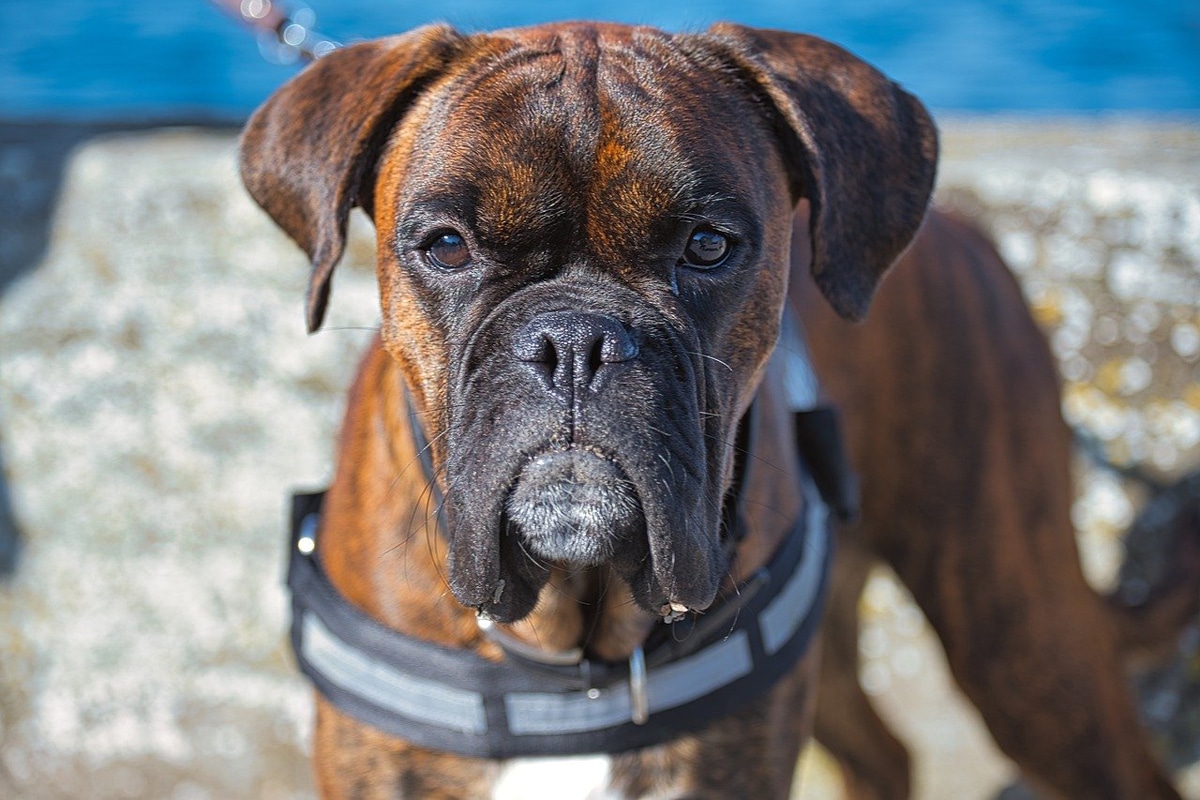 Shutterstock
Shutterstock
Boxers are bouncy, brave, and built like tanks with tongues. During both World Wars, these clever dogs served as messengers, scouts, and even carriers of medical supplies. Their strong build and high energy made them reliable companions for soldiers and military officers who needed a dog that could keep up in chaotic environments. They’re known for forming tight bonds with their humans—once a Boxer loves you, it’s a love that can survive battlefields and boredom. Boxers bring the muscle, the loyalty, and a little comic relief to any military operation.
Akita
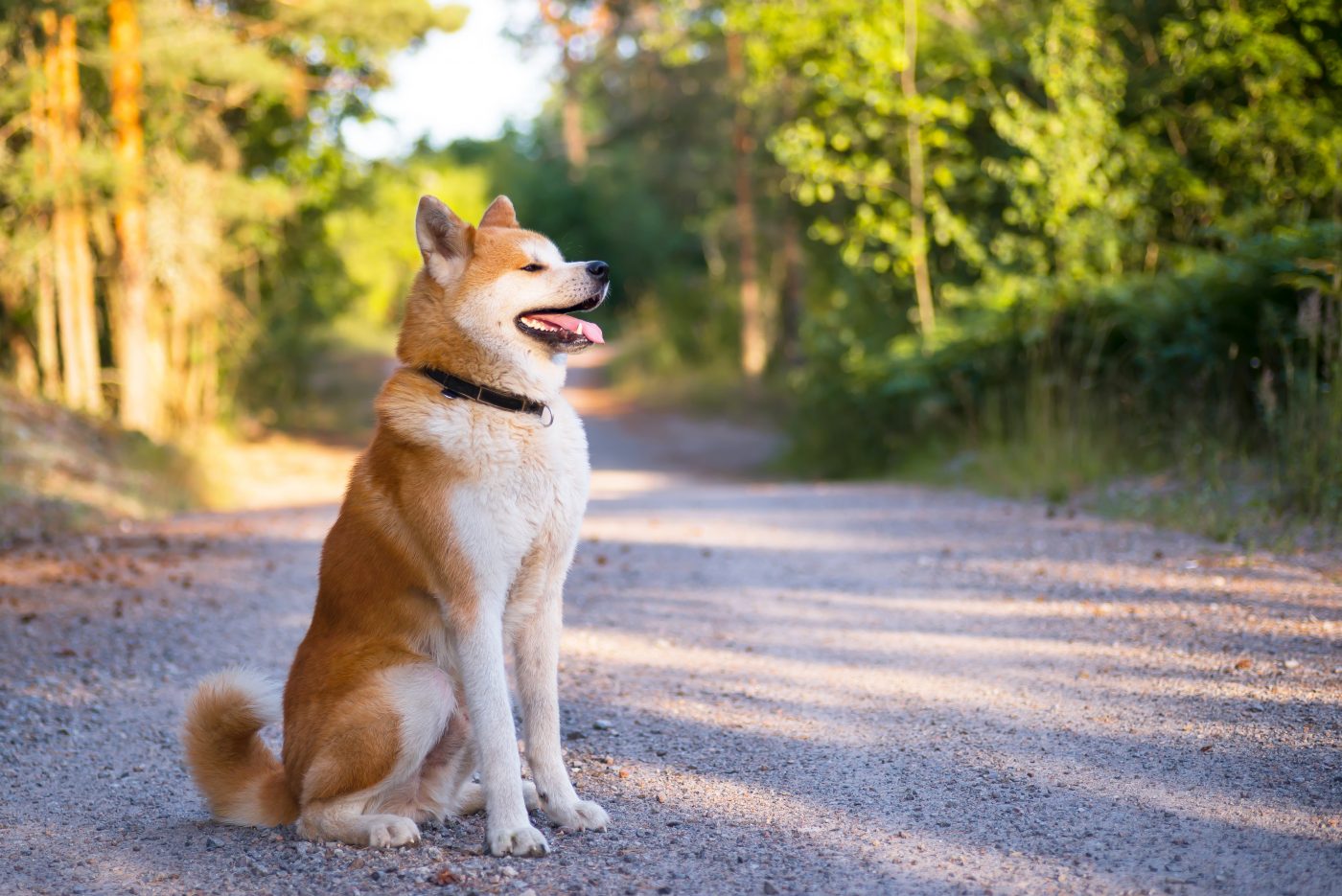 Shutterstock
Shutterstock
The Akita isn’t just a symbol of loyalty in Japanese culture—it’s a dog that quite literally stood by warriors. Originally bred to hunt large game and protect nobility in feudal Japan, the Akita later became a companion to military leaders who valued both its protective instincts and dignified presence. Known for their calm strength and fierce loyalty, Akitas would lay down their lives for their people without hesitation. One even became a national hero—Hachikō—famous for waiting years for his deceased owner. If loyalty had a face, it would look suspiciously like an Akita with a serious expression.
Labrador Retriever
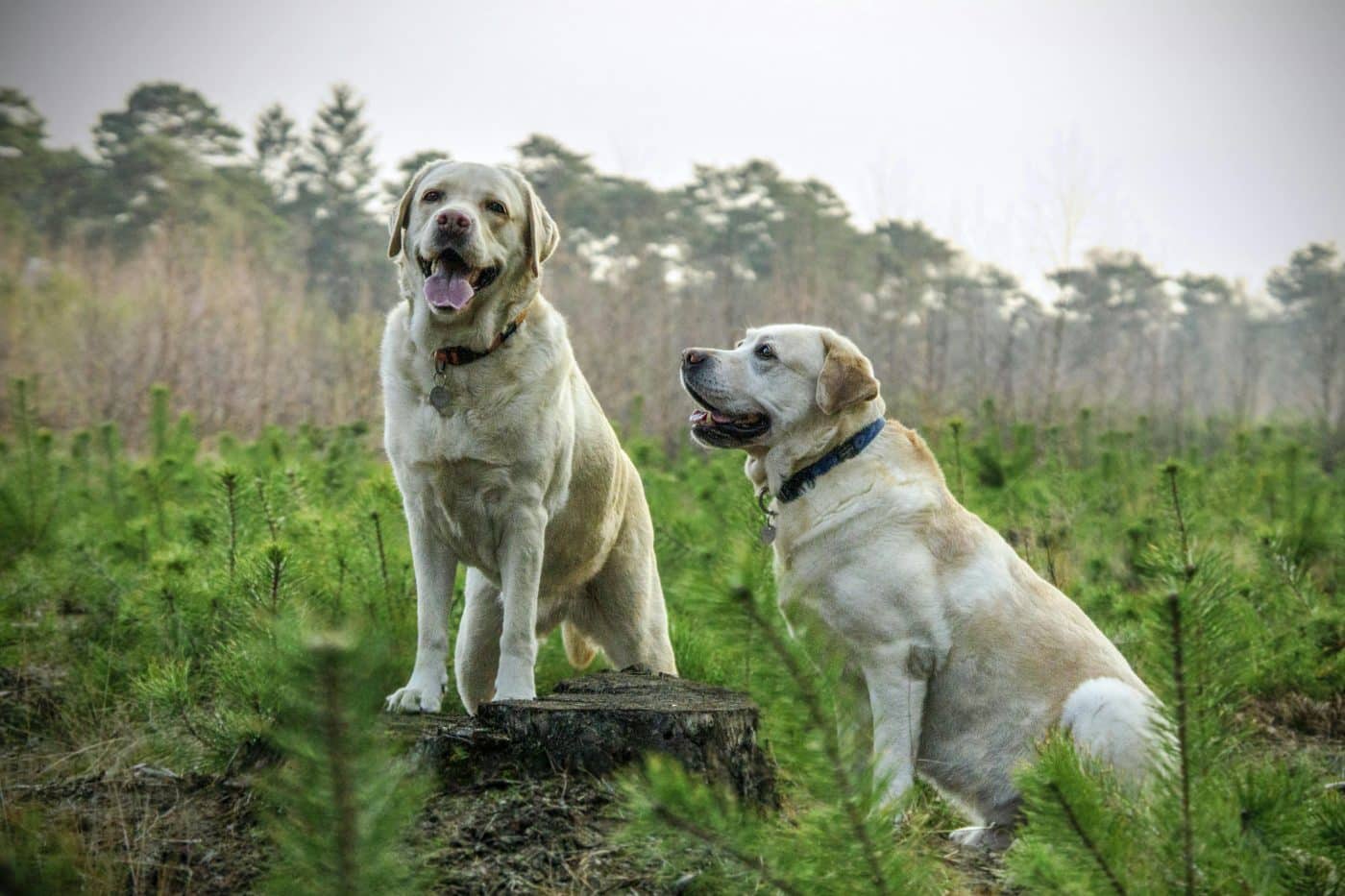 Shutterstock
Shutterstock
Labrador Retrievers are typically known as family pets or service dogs, but don’t let their friendly face fool you—they’ve done serious military time. Labs have been used for detecting explosives, serving as therapy dogs for veterans, and even helping guide troops through dangerous terrain. Their calm demeanor under pressure and trainability made them beloved companions of military leaders and soldiers alike. A Labrador’s loyalty and intelligence are like a Swiss Army knife—always useful, always reliable, and occasionally coated in drool.
Saint Bernard
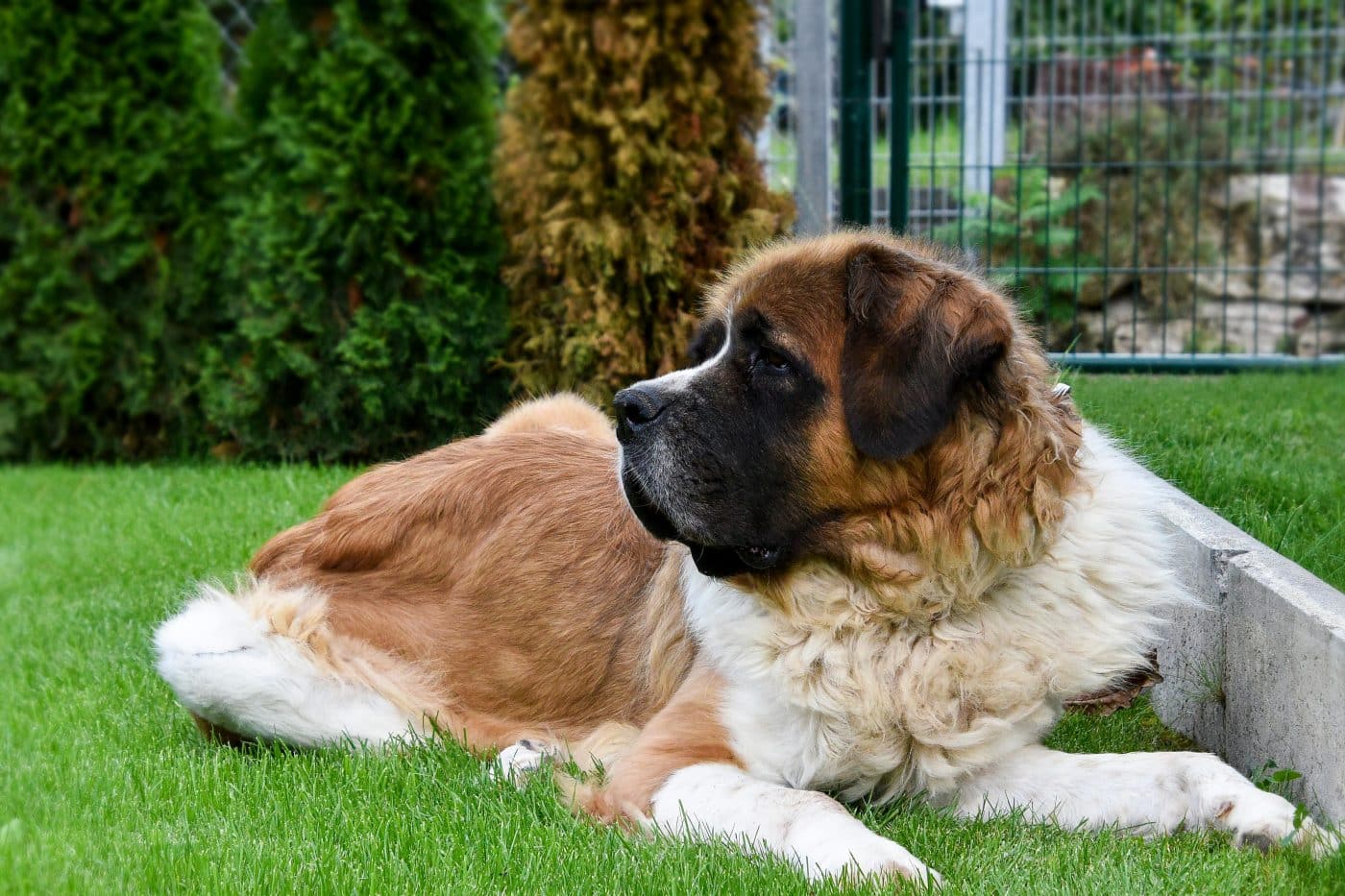 Shutterstock
Shutterstock
Before modern technology, mountain warfare often relied on one big, fluffy solution: the Saint Bernard. Originally bred to rescue travelers in the snowy Alps, Saint Bernards were used by Swiss and European military leaders who needed help navigating cold, unforgiving terrain. Their strength, endurance, and ability to detect humans buried in snow made them crucial companions. These gentle giants didn’t just save lives—they boosted morale by being the ultimate snow buddies. Sure, they look like oversized teddy bears, but make no mistake—they were the unsung heroes of chilly mountain campaigns.
Alaskan Malamute
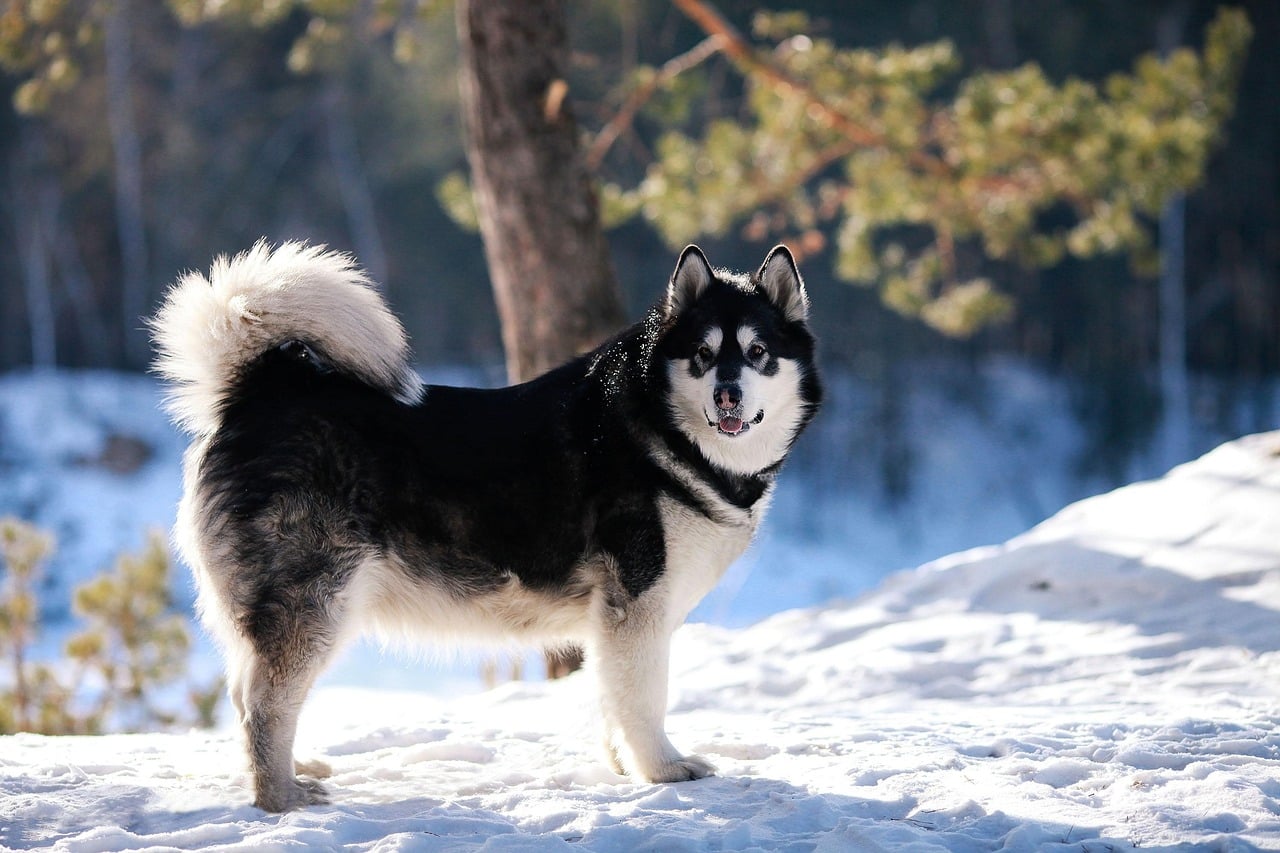 Shutterstock
Shutterstock
Alaskan Malamutes were bred to haul heavy sleds across brutal Arctic conditions, and military leaders took notice of that strength and endurance during World War II. These powerhouses were used to transport supplies, rescue soldiers, and serve in cold-weather military missions. Malamutes could navigate icy terrains that no vehicle could cross, proving their worth repeatedly. Their wolfish appearance and tireless work ethic made them both respected and adored by their human handlers. And yes, they’ll still haul your gear, but only if you say please.
Scottish Terrier
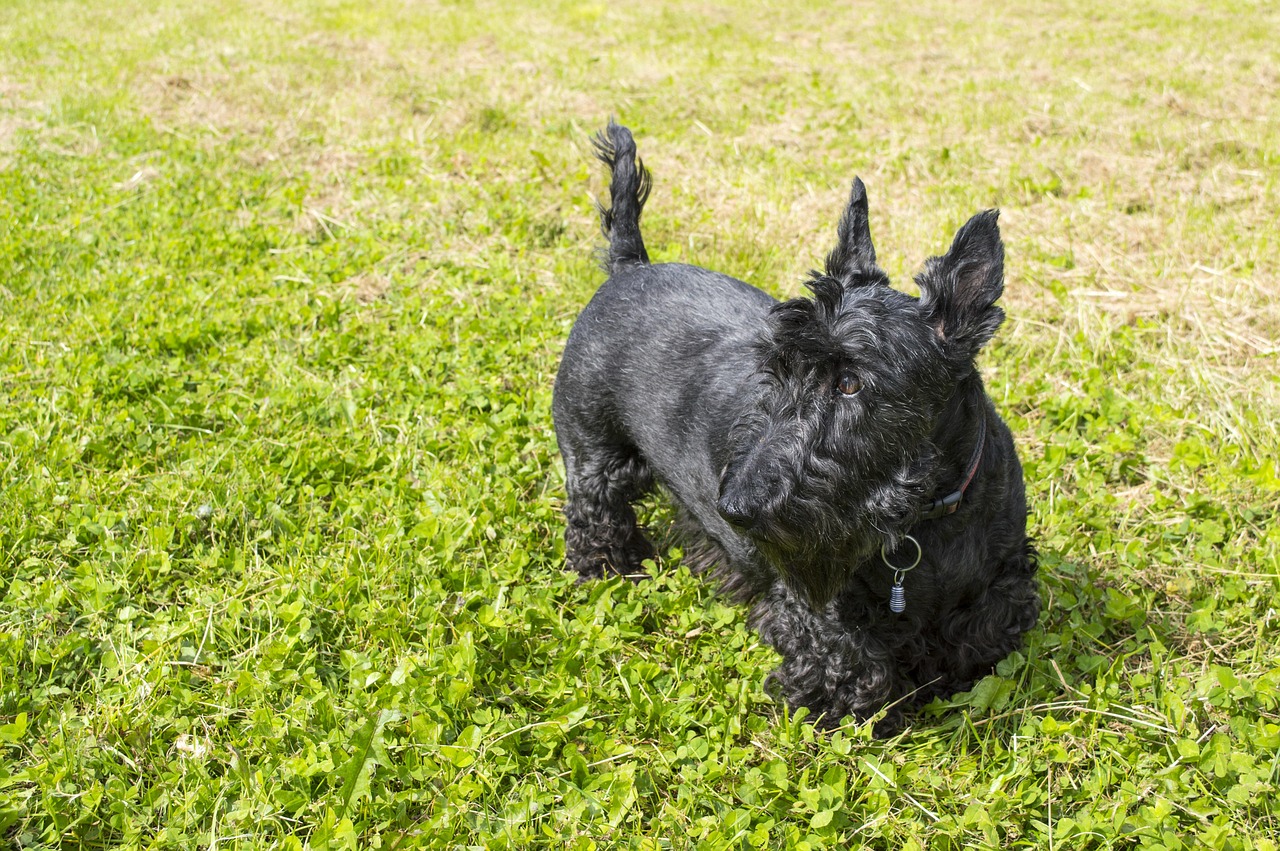 Shutterstock
Shutterstock
Small but mighty, Scottish Terriers may not be the first breed that comes to mind when you think “military dog,” but they’ve walked in some powerful boots. Most famously, President Franklin D. Roosevelt’s beloved Scottie, Fala, was a constant companion—even during wartime trips and strategic planning sessions. Fala was so popular he received more fan mail than most generals and was even considered a morale booster during tough times. These fearless, scrappy little dogs have the attitude of a lion packed into a fuzzy loaf.
The Loyal Legends of the Leash Line
 Shutterstock
Shutterstock
These dog breeds didn’t just tag along for the ride but marched proudly beside some of history’s most powerful military leaders. Whether sniffing out danger, boosting morale, or guarding generals with laser-focused loyalty, these canines knew how to serve with honor, guts, and sometimes a wagging tail. So next time your dog barks at the mailman like he’s invading your territory, remember—they might be channeling their inner four-legged war hero. Stand tall, soldier—because even the fiercest generals had drool on their boots.
 Toledo, United States.
Toledo, United States.
